

You're reading The Audiencers' newsletter #26, sent out on November 15th, 2023. To receive future newsletters straight to your inbox every two weeks, sign up here.
The Audiencers’ Community is here
At our Festival, we launched a WhatsApp group for attendees to introduce themselves & get acquainted before meeting IRL. Today, the group is opening up to all “Audiencers”…
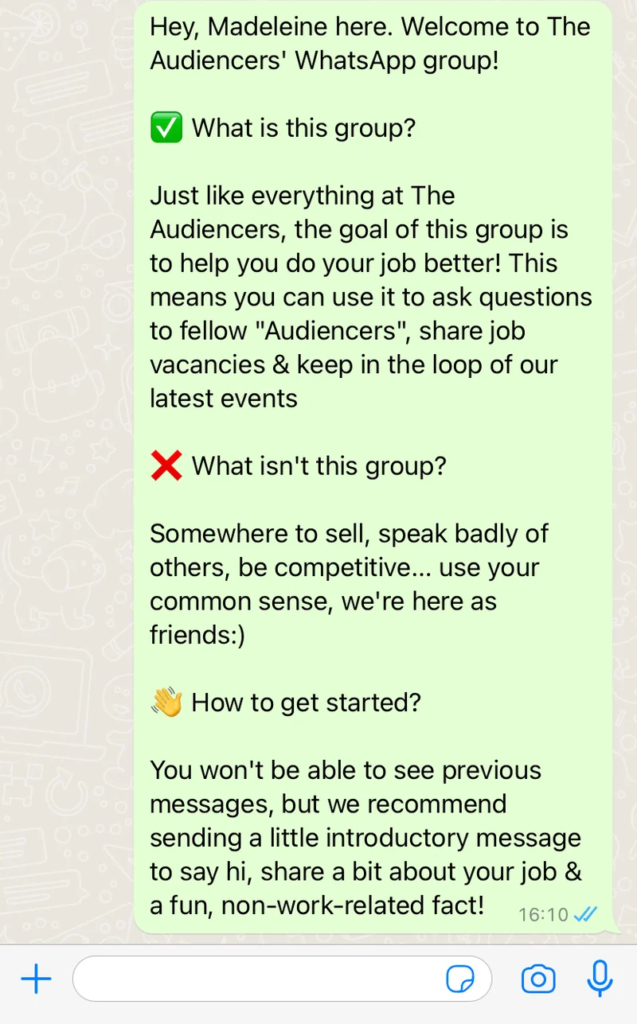
> Join the community channel here.
In today’s newsletter:
- In today’s newsletter:
- The Audiencers’ Festival panel no.2 – how to make newsletters valuable in a reader revenue model with The Telegraph & The Edinburgh Guardian
- Whatsapp is in its Renaissance period, and some publishers are ahead of the curve
- How DN leveraged gamification – attracting a younger audience, and gaining almost 35,000 new registered users
- Content to add to your reading list
The Audiencers’ Festival, panel no.2 – how to make newsletters valuable in a sub model
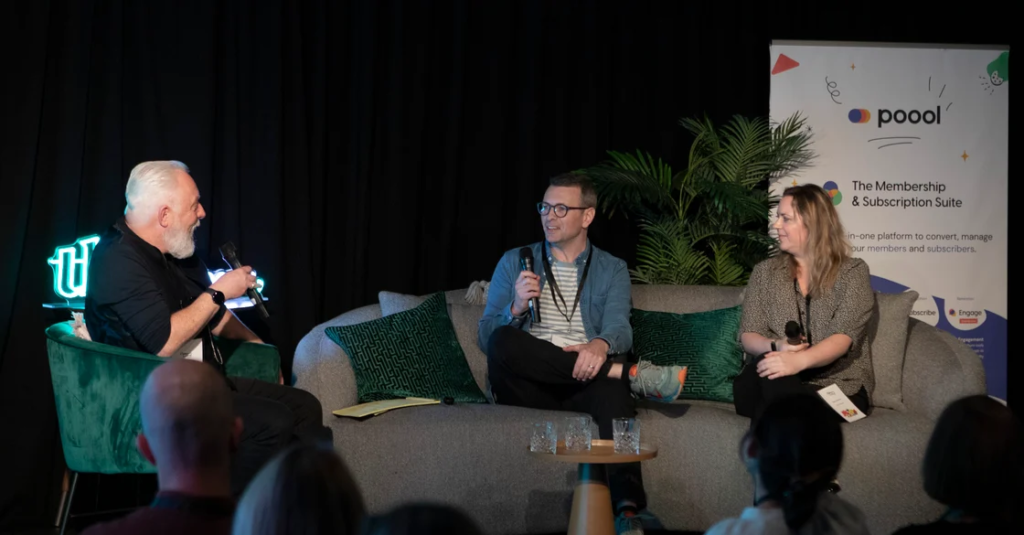
The Telegraph, the subscription-focused British publisher, currently has 34 newsletters, 6 of which are reserved for subscribers only, each with their own goal and metrics to track success.
The Edinburgh Guardian, launched and run single-handedly by Michael MacLeod on Substack, started from a very clear goal:
“The whole concept grew out of the horrible user experience of having to file through the adverts on publisher’s sites to find the news that’s worth reading. I do this work so readers don’t have to, putting it in a short, curated digest.“
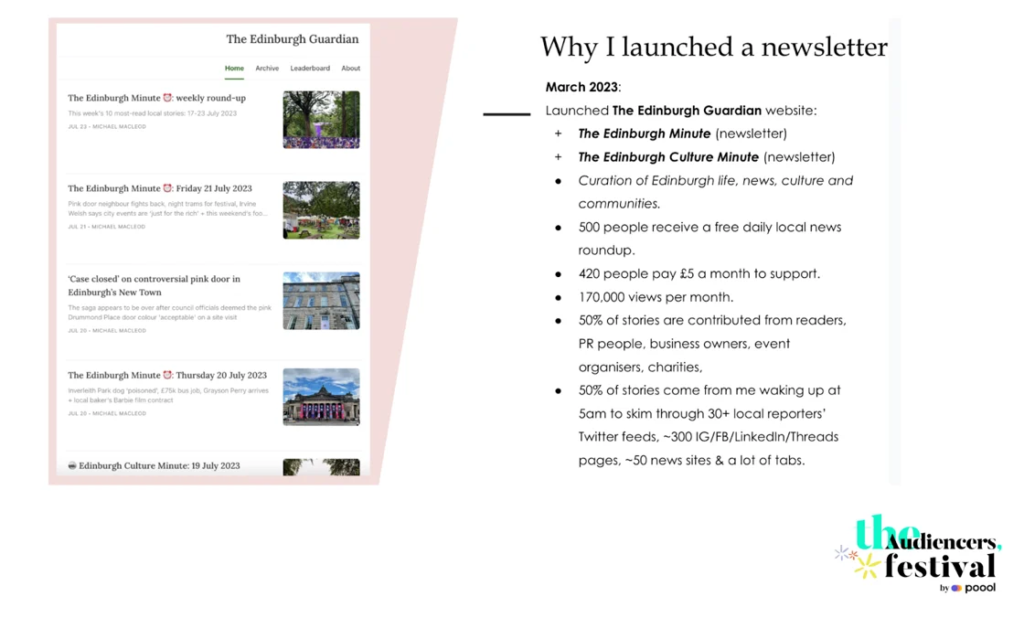
What’s so special about newsletters?
Maire revealed that, at The Telegraph, they know that if a reader subscribes to their premium product after clicking on a newsletter, they’re 50% more likely to still be a subscriber after 12 months.
At The Edinburgh Guardian, retention rate is incredibly high. Only 5 people have ever unsubscribed, and one of these had simply moved cities. This is in part thanks to the regularity of the email, sent every morning to fit into a reader’s daily routine. Upon surveying his reader base, more than half shared that they start their day by reading the newsletter in bed.
This speaks to how genuinely useful newsletters are for building habits and relationships, being in direct contact with a person on a daily or weekly basis. And this is the key point here.
What about metrics to measure success?
For Maire, the metrics and content formats/treatment of the newsletter depends on its goal.
- Open to everyone newsletters have the goal of forming a habit and developing loyalty to eventually cultivate people who will subscribe.
- Subscriber-exclusive newsletters are aimed at providing high quality, strong value to keep people subscribed.
Open rates are still valuable, but of course have to be taken with a pinch of salt given the obvious Apple privacy difficulties. But whilst raw open rates can’t be trusted alone, the data teams have created a model to make better estimations about likely open rates, and this metric is still useful to compare different emails within the same month, such as when they test subject lines.
Also discussed on the panel, and shared in the article:
- What metrics do you use to measure success?
- What does the user funnel look like to convert readers into revenue?
- How to drive a commercial outcome from newsletters
- Are young people ‘doing’ newsletters?
> To read here on The Audiencers
WhatsApp is in its Renaissance period, and some publishers are ahead of the curve
Thanks to the recently-launched Channels feature, its GDPR compliancy & the lack of limit to the number of subscribers a company can have, WhatsApp is proving its value to publishers in a time when others are doing the opposite.
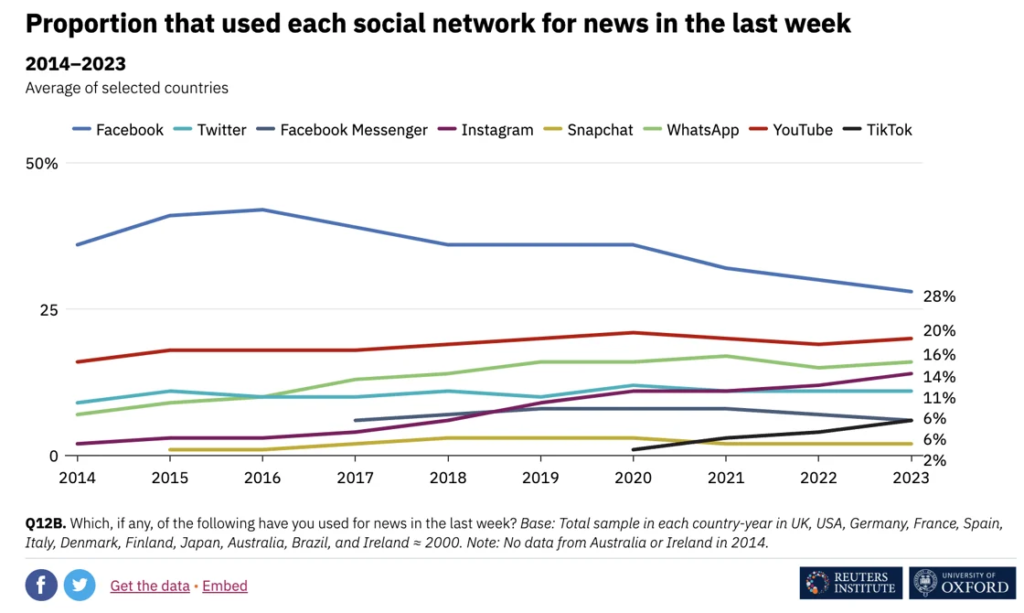
How are publishers leveraging WhatsApp?
> Pamplonews in Spain, who only publishes on WhatsApp, has just reached 10k subscriptions – we interviewed the founder (ex-CNN) on The Audiencers
> But WhatsApp is not a new tool for publishers, as this WNIP article proves (published 4 years ago)
As the article shares, Quintillion Media, a joint venture between Bloomberg and Quint (an Indian digital content company), launched a WhatsApp-based news service back in 2017, which boasted 400,000 monthly subscribers in 15 months.
“WhatsApp also allows publishers to create and maintain a loyalty base for their brands… without the challenge of having to compete with multiple publishers, such as on search engines and social media.”
> Reach is driving millions of page views via WhatsApp
In October, Reach had 80 Whatsapp Communities with around 100,000 subscribers delivering several million pages views per month and additional in-app video views.
The open rate for messages shared via Whatsapp Communities is, according to Reach engagement director Daniel Russell, around 90%.
> And, of course, we’re jumping on the band wagon;)

Join me at the ACE Subscriptions Seminar on Nov 28th at the FT offices, in London hosted by Abi Spooner (Ex Dennis/Future) from Atlas where delegates from across the magazine and newspaper industry will share case studies and strategies.
On the agenda: Fiona Spooner from The Financial Times, Laura Reeves from London Review of Books, Craig Law from Guardian Weekly and Seema Kumari previously at Hearst and me!
> Get your ticket here & hopefully see you there!
How DN leveraged gamification to attract a younger audience, and gain almost 35,000 new registered users
“Maybe young readers won’t subscribe now, but by building engagement we’re starting to develop the lifetime value of these readers ready for the future, when they might be ready to subscribe”
The challenge:
Financially interested young people are amongst DN’s most wanted target groups. And whilst their coverage of markets and the economy is very credible, this doesn’t quite cut it with younger readers.
The solutions:
- Adjusting coverage to appeal to younger readers – DN adjusted its journalism to better represent young people, ensuring their financial and economic reporting was covered in an “understandable” manner for those new to the industry
- Bringing the product to the reader – instead of waiting for young readers to find them, DN brought themselves onto university campus’, offering free access to students at selected universities whilst on campus.
- Discounted subscription – recognizing their financial constraints, readers under the age of 33 were offered a half-price subscription
- Fantasy funds, learning from the gaming industry to offer a hands-on financial experience, increasing engagement amongst young people, who have spent their lives online…
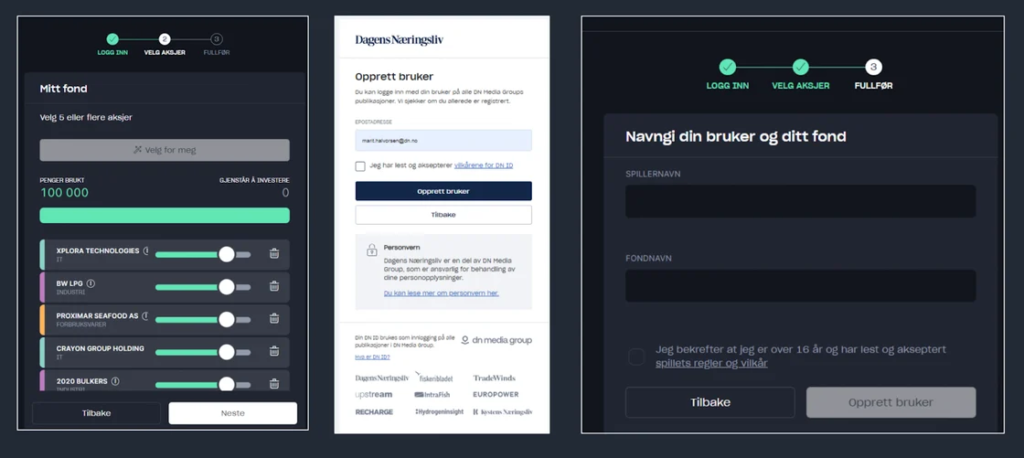
What has made the difference in this gaming solution?
> Anyone can register to the game for free and start playing in less than 2 minutes
> The game aims to acquire new readers through building bridges to content
> They took techniques from gaming help to develop engagement and loyalty
The result:
64,568 players, with more than half of them being new to DN!
> More best practices for gamification to learn from DN on The Audiencers
Content to add to your reading list
- European Cookie walls: changes and strategies you need to know
- Engaging successfully with your audience: key takeaways from our festival published by responsesource
- I learnt something new this week from Barry Adams – that comments can impact your SEO… But, like all SEO questions, it depends. Read his article for more detail

Have a great week!
Madeleine
The Audiencers’ newsletter: from professionals to professionals
Sign up to our newsletter – real-life examples, expert points of view and inspirations from publishers around the world to help you do your job better. Sent every two weeks.


